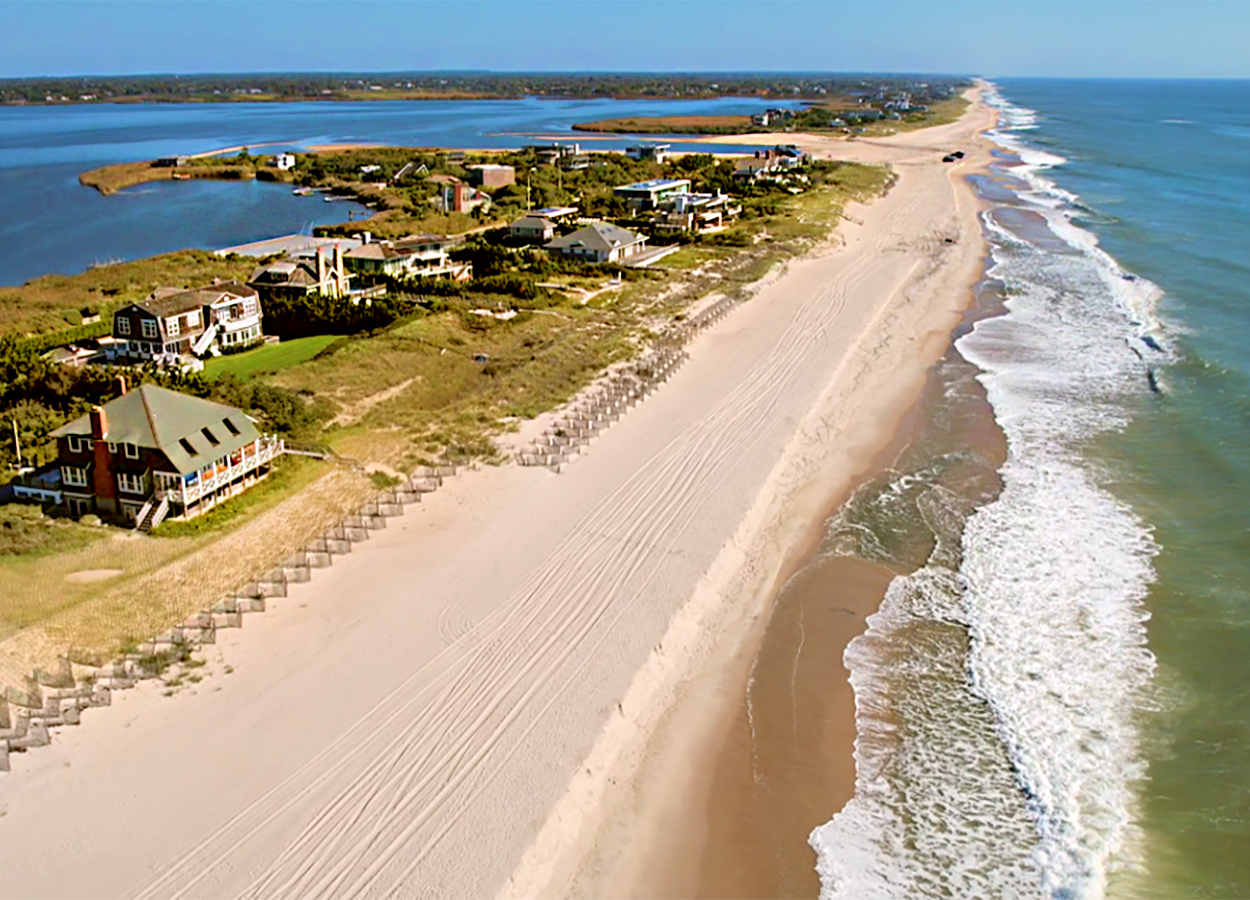Feb. 26, 2013
Contact: Ken or Kate Gooderham, ASBPA executive directors — (239) 489-2616 or exdir@asbpa.org
Harry Simmons, ASBPA president — (910) 200-7867 or president@asbpa.org
New report spotlights coast’s value in jobs, trade and tourism
Many understand that beaches are business generators, an attractor for visitors and residents (and the businesses that follow them). But a major player in our trade balance? A stalwart source of U.S. jobs that can’t be sent overseas? A key to our country’s international competitiveness in tourism?
Yes, our coast is all that and more, according to an article in the newly published issue of “Shore & Beach.” Author James Houston, director emeritus of the Corps of Engineers’ Engineer Research and Development Center, has looked into the economic value of America’s beaches in the past, but this latest update of his research delves deeper into the international aspects of that economic energy.
His view is positive: “Few Americans are aware that the travel and tourism (T&T) industry is among America’s largest industries, employers and earners of foreign exchange – and beaches are its leading tourist destination.
“In an era where the availability of jobs is a major issue and their offshoring a significant concern, the T&T industry is the largest employer in the U.S. and its jobs are difficult to offshore. U.S. economic competitiveness is of concern, since it runs large trade deficits, but its largest trade surplus is in T&T, where it runs a multi-billion-dollar surplus even with China.”
After giving us the good news, Houston follows with the kicker: Our coastal economic engine won’t continue to run as strong if our coast is not maintained. “Survey after survey finds that beaches are the leading U.S. vacation destination. However, beach erosion is a major concern for many beaches. As beaches … decrease in width tourists head to other destinations, including foreign beaches.
“Beach nourishment has been shown to increase tourist numbers and provide a good return on investment, in particular to the federal government through taxes. However, the U.S. lags much of the world in the growth of tourism infrastructure investment including restoration of beaches. As a result, the growth of U.S. tourism is projected to lag much of the rest of the world.
“Renewed U.S. investment in tourism infrastructure is important to grow the economy and number of jobs and to reduce the U.S. trade imbalance.”
Houston concludes with this sobering note: “Without a paradigm shift in attitudes toward the economic significance of travel and tourism and necessary infrastructure investment to maintain and restore beaches, the U.S. will continue to relinquish a dominant worldwide lead in its most important industry.”
“Shore & Beach” is a peer-reviewed technical journal published quarterly by the American Shore & Beach Preservation Association. Issues are sent to members (including libraries) only, but an index of past issues is online at www.asbpa.org
BOX:
Shoreline strengths:
- Travel & tourism accounts for one in every 10 U.S. jobs – more than all U.S. manufacturers combined
- On 2011, while the U.S. ran a trade deficit overall of $727 billion, travel & tourism resulted in a $43 billion surplus due to the international tourists drawn to this country’s numerous assets (including beaches).
- Some 85% of all the U.S. tourist-related revenues are generated by the coastal states.
- Beaches drew an estimated 2.2 billion visits in 2010 – more than twice the number of visitors to all our federal and state parks.
- One estimate is that beaches contribute about $225 billion annually to the U.S. economy.
- After Miami Beach was initially restored, the jump in tourism income was more than five times as much as the cost of the restoration project itself.
- Now, it is estimated that international tourists alone make an annual contribution to Miami Beach’s economy 50 times greater than the cost of the beach restoration.
- For every $1 the federal government spent on beach restoration in 2012, it collected an estimated $570 in beach tourist tax revenues.
- International tourists generate about $215 in tax revenues for every $1 the federal government spends on beach restoration.
- Coastal countries such as Spain, Germany and Japan (with far less coastline than the U.S>) routinely can spend more on maintaining their beaches annually than the U.S. spends on its coastlines in a decade – or more.
SOURCE: Shore & Beach journal, Vol. 81, No. 1, Winter 2013
ABOUT ASBPA: Founded in 1926, the ASBPA advocates for healthy coastlines by promoting the integration of science, policies and actions that maintain, protect and enhance the coasts of America. For more information on ASBPA, go to www.asbpa.org, Facebook or www.twitter.com/asbpa. This information is provided by the American Shore & Beach Preservation Association. For information, to change your email address or to unsubscribe from this list, contact us at exdir@asbpa.org. A complete collection of Beach News Services articles is available for media access online at http://www.asbpa.org/news/newsroom_beachnews.htm.




